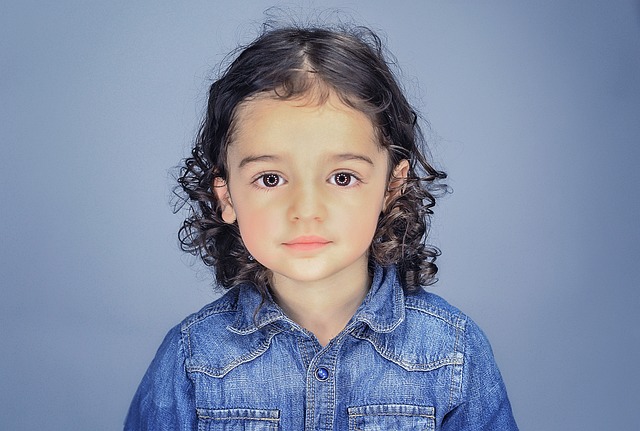
Nurturing Your Child’s Brain: From Primitive Reflexes to a Thriving Mind
As parents, we watch in awe as our children grow and learn, but what’s happening behind the scenes in their developing brains is even more incredible. Your child’s brain is like a bustling construction site, building connections and laying down the foundation for how they move, think, and interact with the world.
One of the most fascinating parts of this process is the trajectory from primitive reflexes—the reflexes babies are born with—to the rich, connected brain that helps them learn and thrive. Let’s explore this developmental journey and a simple exercise you can do at home to support your child’s brain growth.
What Are Primitive Reflexes?
Primitive reflexes are automatic movements babies are born with, designed to help them survive and develop. For example:
- Rooting reflex: Helps a baby turn their head and latch onto a breast or bottle for feeding.
- Moro reflex: Also called the startle reflex, it helps babies react to sudden changes in their environment.
- Palmar grasp reflex: Causes babies to tightly grasp anything placed in their palm.
These reflexes are essential in the early months of life, but they are meant to fade away (or “integrate”) as a baby’s brain develops. When primitive reflexes fade, they are replaced by more mature, intentional movements and brain functions.
Why Is Reflex Integration Important?
When primitive reflexes don’t integrate properly, it can create roadblocks in brain development. This can show up in ways like:
- Difficulty concentrating or sitting still
- Trouble with balance and coordination
- Challenges in reading, writing, or other fine motor tasks
- Emotional regulation issues, like meltdowns or anxiety
Proper integration of these reflexes is critical for your child to develop a strong foundation for movement, learning, and interacting with the world.
The Brain’s Pathway to Connection
After primitive reflexes fade, the brain starts building neural pathways based on your child’s experiences. Every movement, sensation, and interaction helps form new connections between neurons. These pathways allow the brain to:
- Process sensory input (like sounds, sights, and touch).
- Coordinate movement and balance.
- Regulate emotions and social interactions.
- Think critically and solve problems.
The key to helping your child’s brain grow and develop is intentional movement and play. This is where you, as a parent, can make a big difference.
An Exercise to Boost Brain Function and Connection
One powerful exercise to help integrate reflexes and build brain connections is Cross-Crawl. This simple movement engages both sides of the brain, improving coordination, focus, and overall brain function.
How to Do a Cross-Crawl Exercise:
- Have your child stand up tall.
- Ask them to lift their right knee and touch it with their left elbow.
- Then, lift their left knee and touch it with their right elbow.
- Repeat this pattern for 1-2 minutes at a slow and steady pace.
Why It Works:
- Crossing the midline: This movement helps connect the left and right hemispheres of the brain, which is crucial for coordination, reading, and writing.
- Engaging the whole body: It activates core muscles and balance, improving posture and body awareness.
- Building focus: It strengthens the brain’s ability to stay attentive and process information.
For younger kids, you can make it fun by pretending to march like a soldier or adding music to the activity!
The Role of Chiropractic in Brain Development
As a chiropractor specializing in children’s care, I also see how proper alignment and nervous system function can support your child’s development. Misalignments in the spine can interfere with the nervous system’s ability to communicate effectively, which may impact reflex integration and brain function.
Gentle chiropractic adjustments can help:
- Improve nervous system communication.
- Support reflex integration.
- Enhance coordination and movement.
By combining chiropractic care with purposeful activities like the Cross-Crawl, you’re giving your child’s brain and body the best chance to grow and thrive.
Building a Strong Foundation for Your Child
From the first reflexive movements to intentional play, every step in your child’s development is an opportunity to support their growing brain. By helping integrate their reflexes, encouraging purposeful movement, and ensuring a healthy nervous system, you’re setting the stage for a lifetime of learning and connection.
If you’re curious about how chiropractic care can complement your efforts at home, let’s chat! Together, we can help your child thrive at every stage of their development.
Ready to take the next step? Schedule a visit with Happy Family Chiropractic today and let’s work together to nurture your child’s amazing brain!
